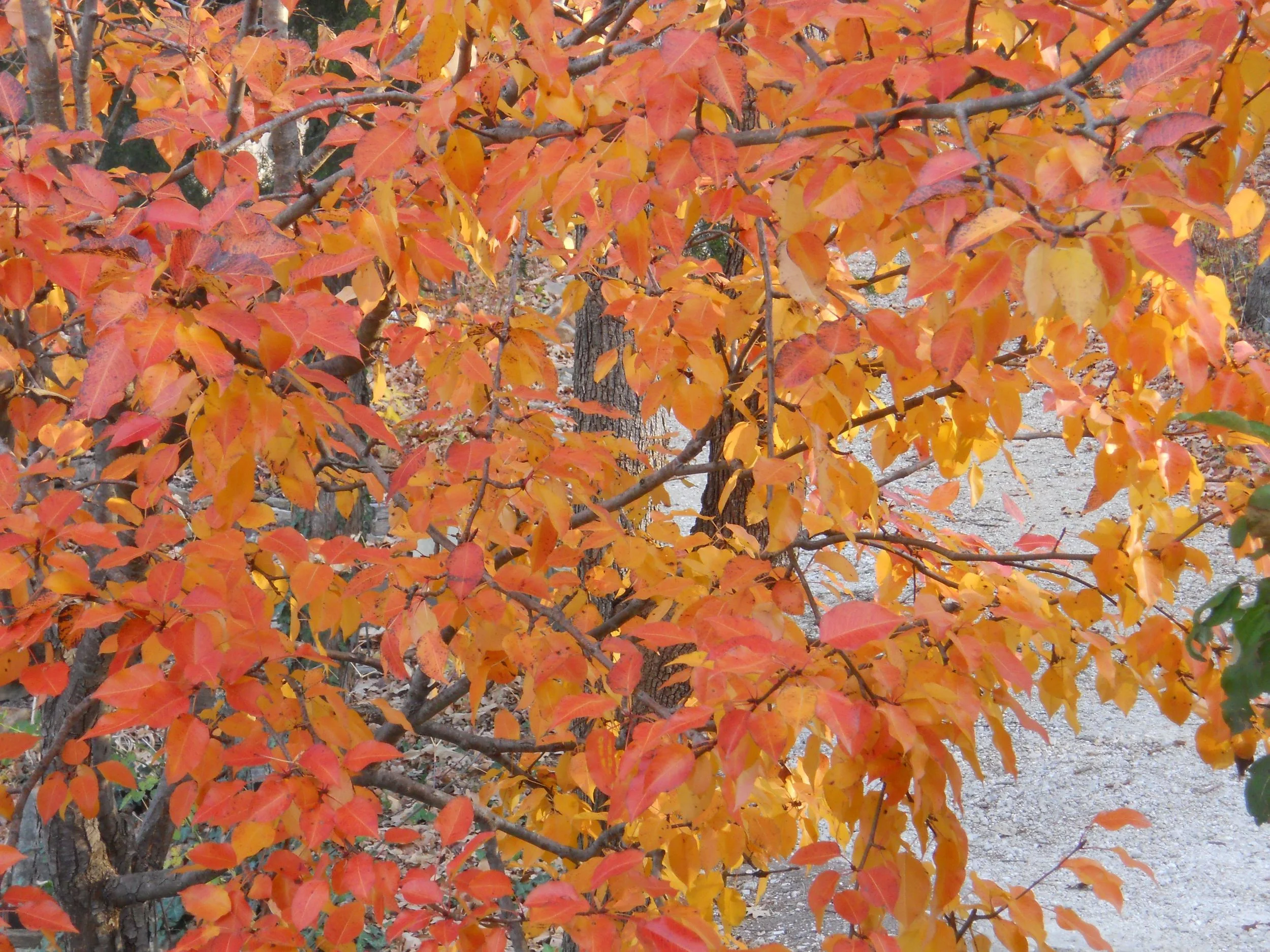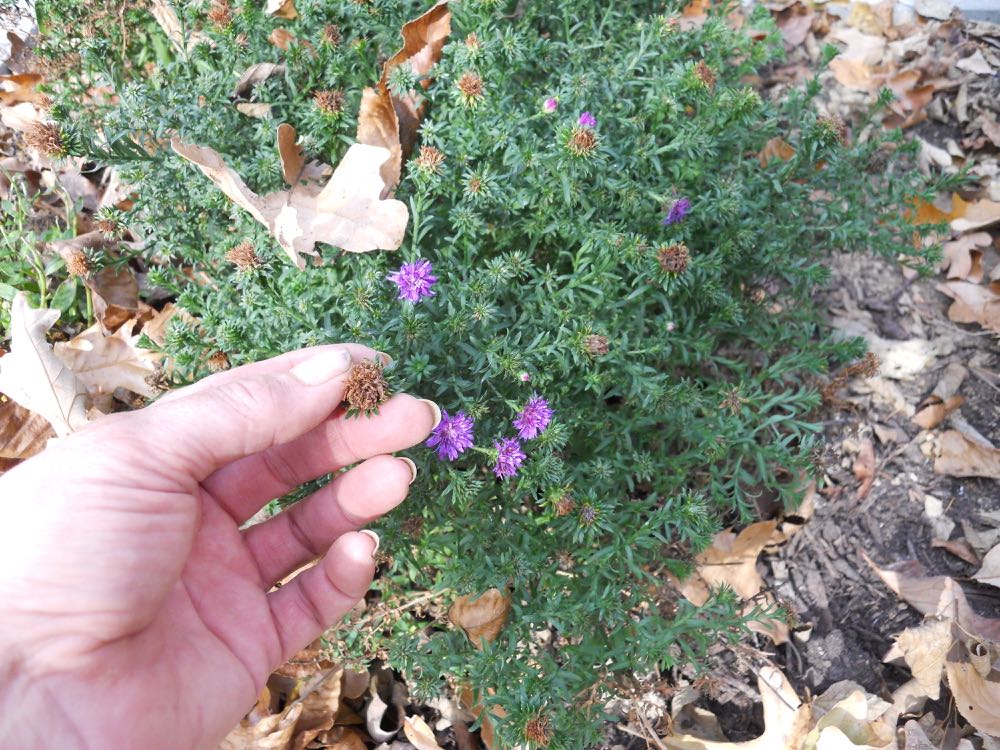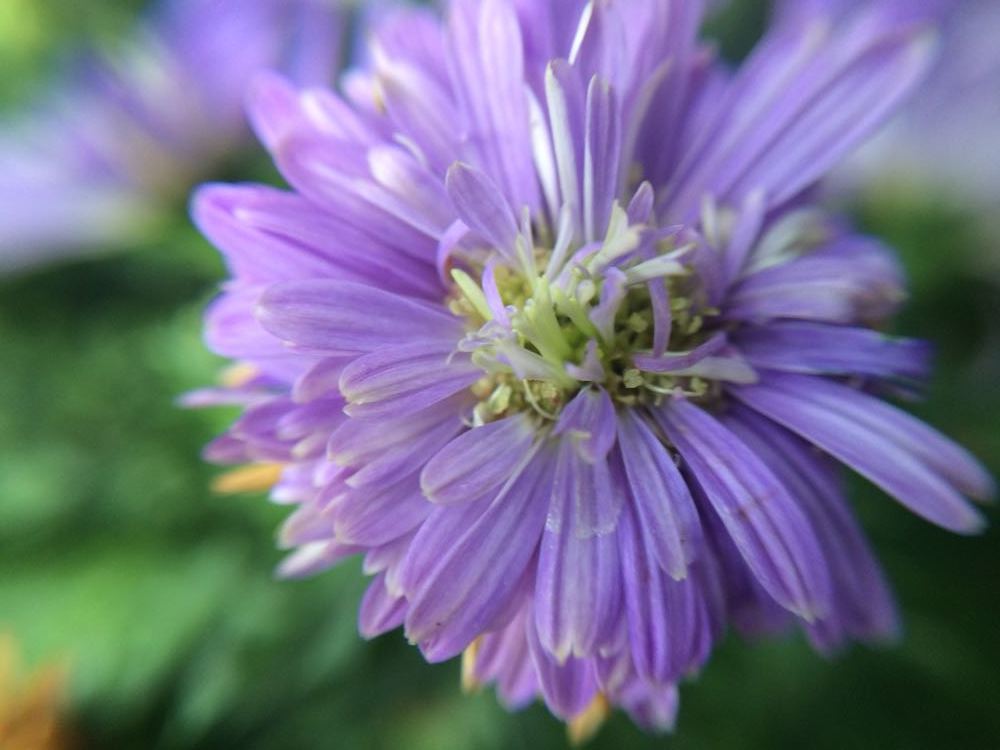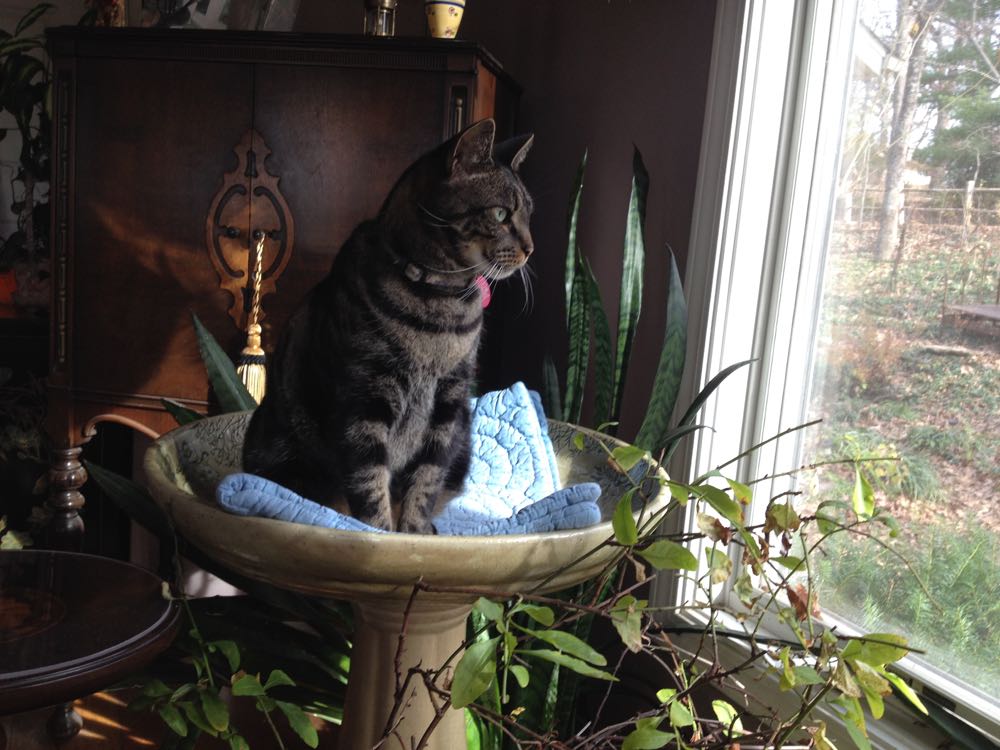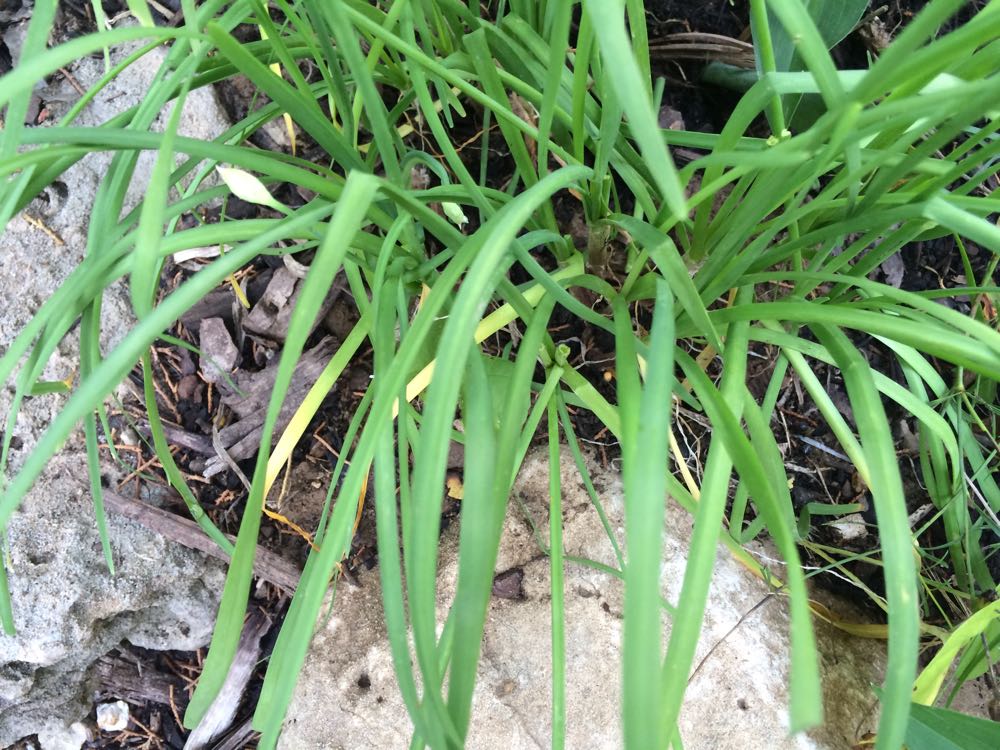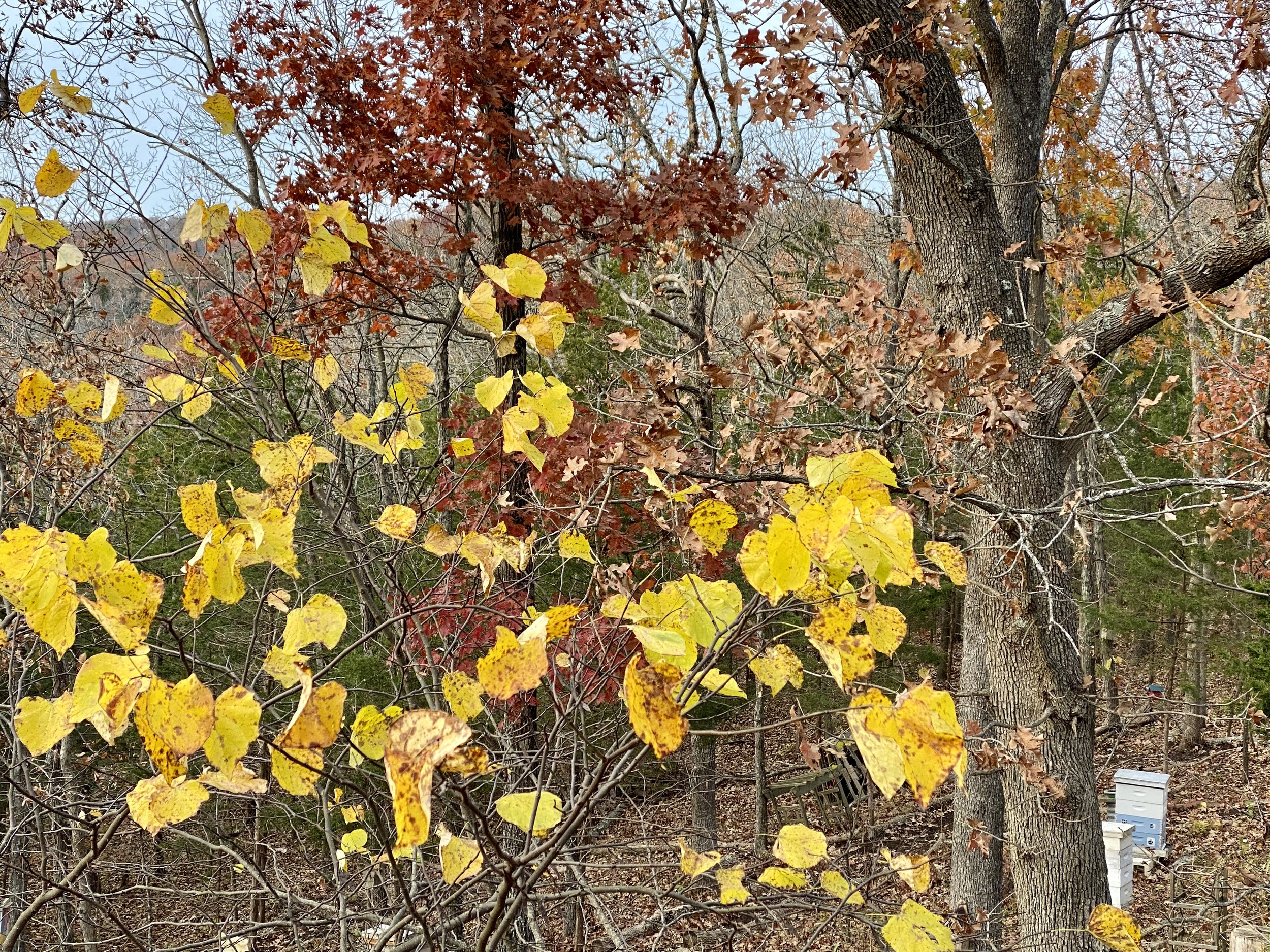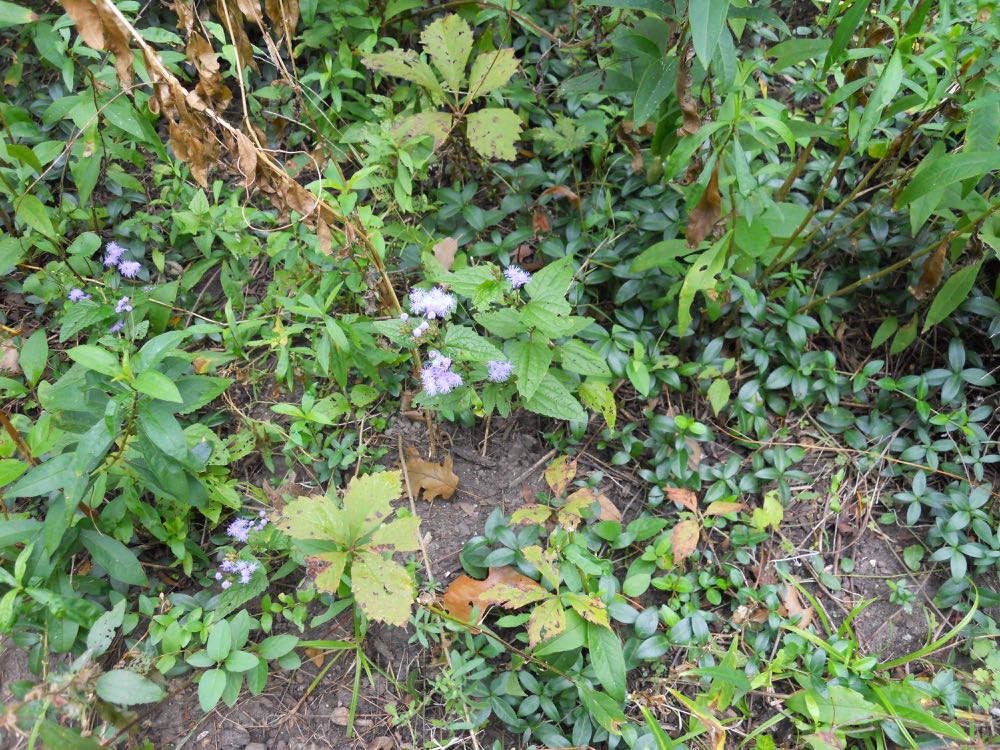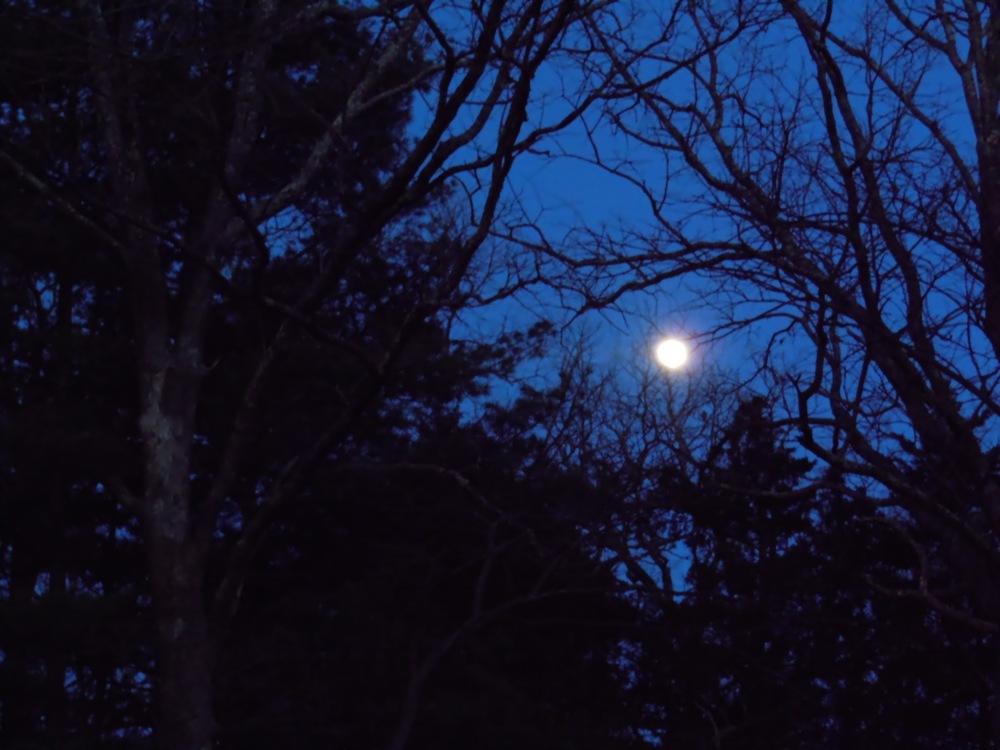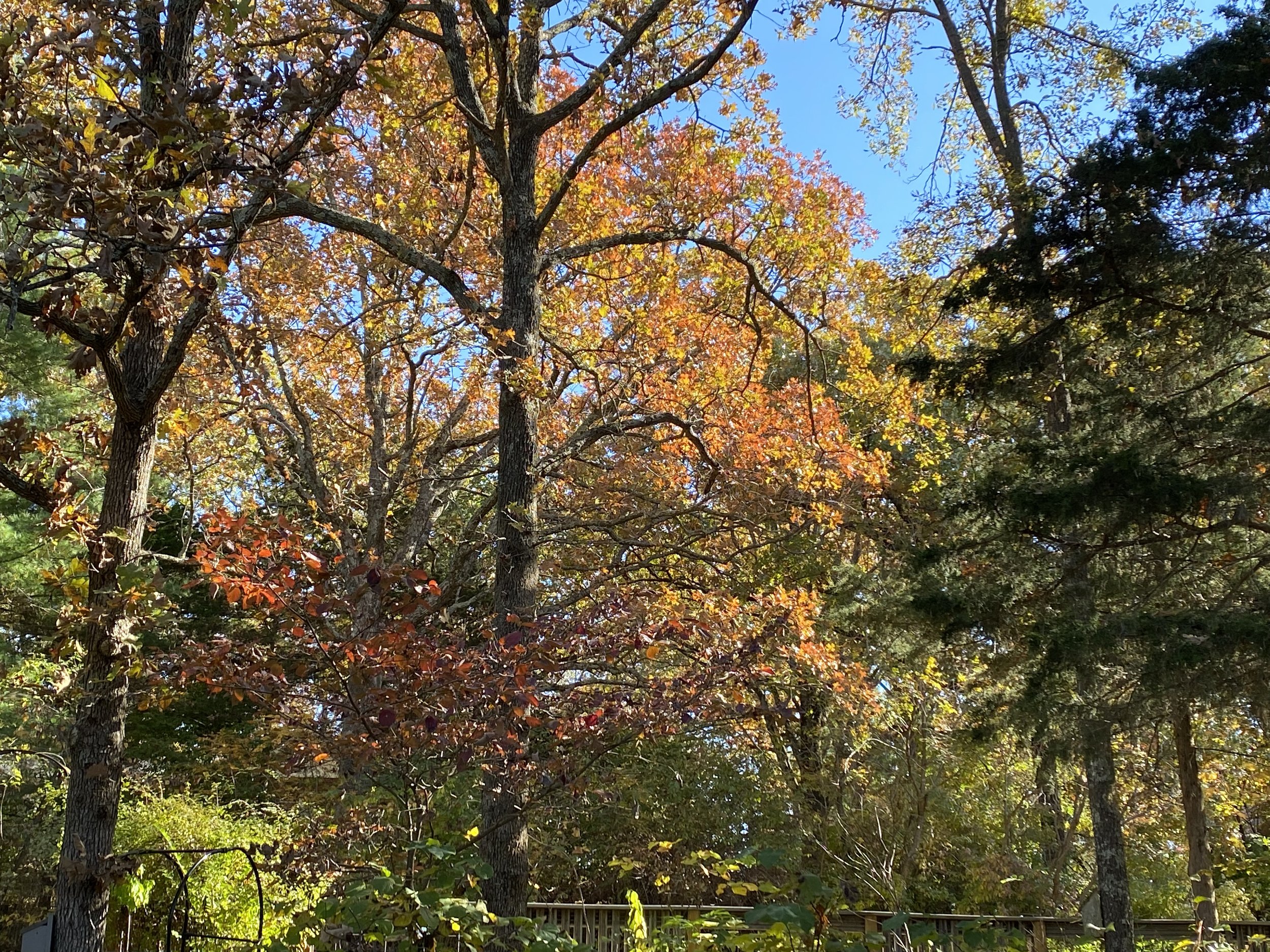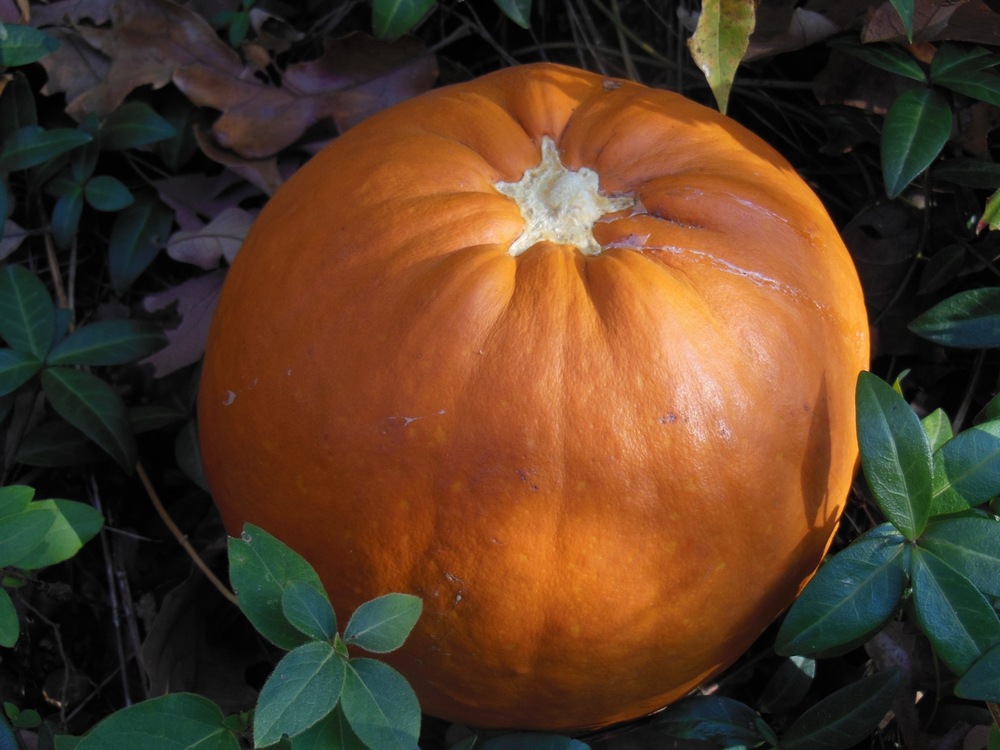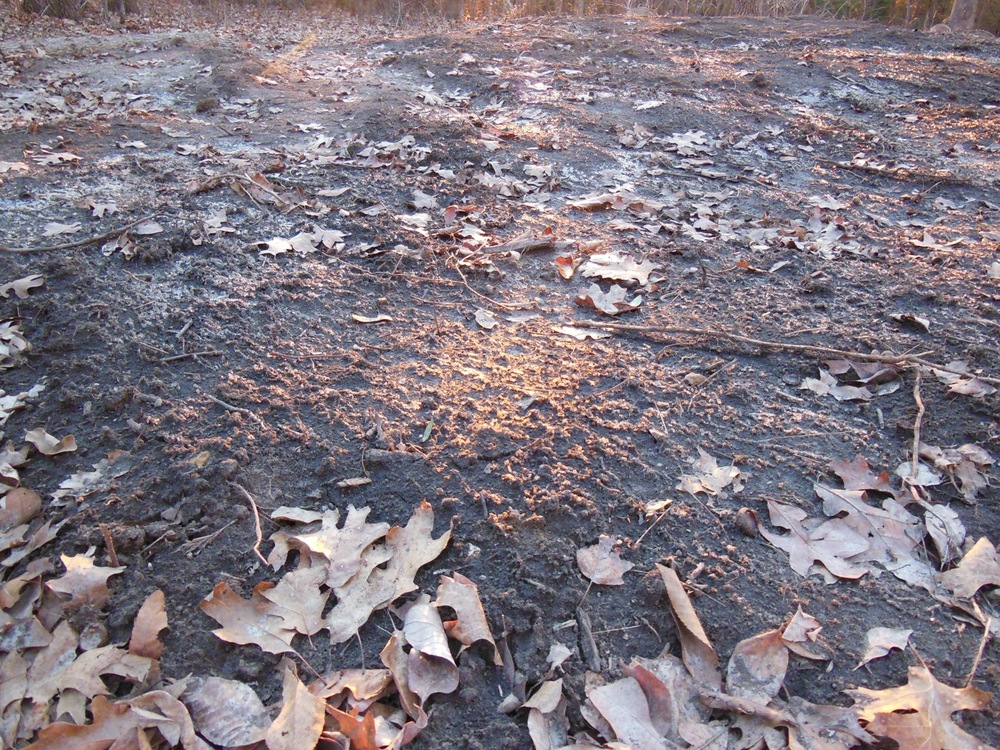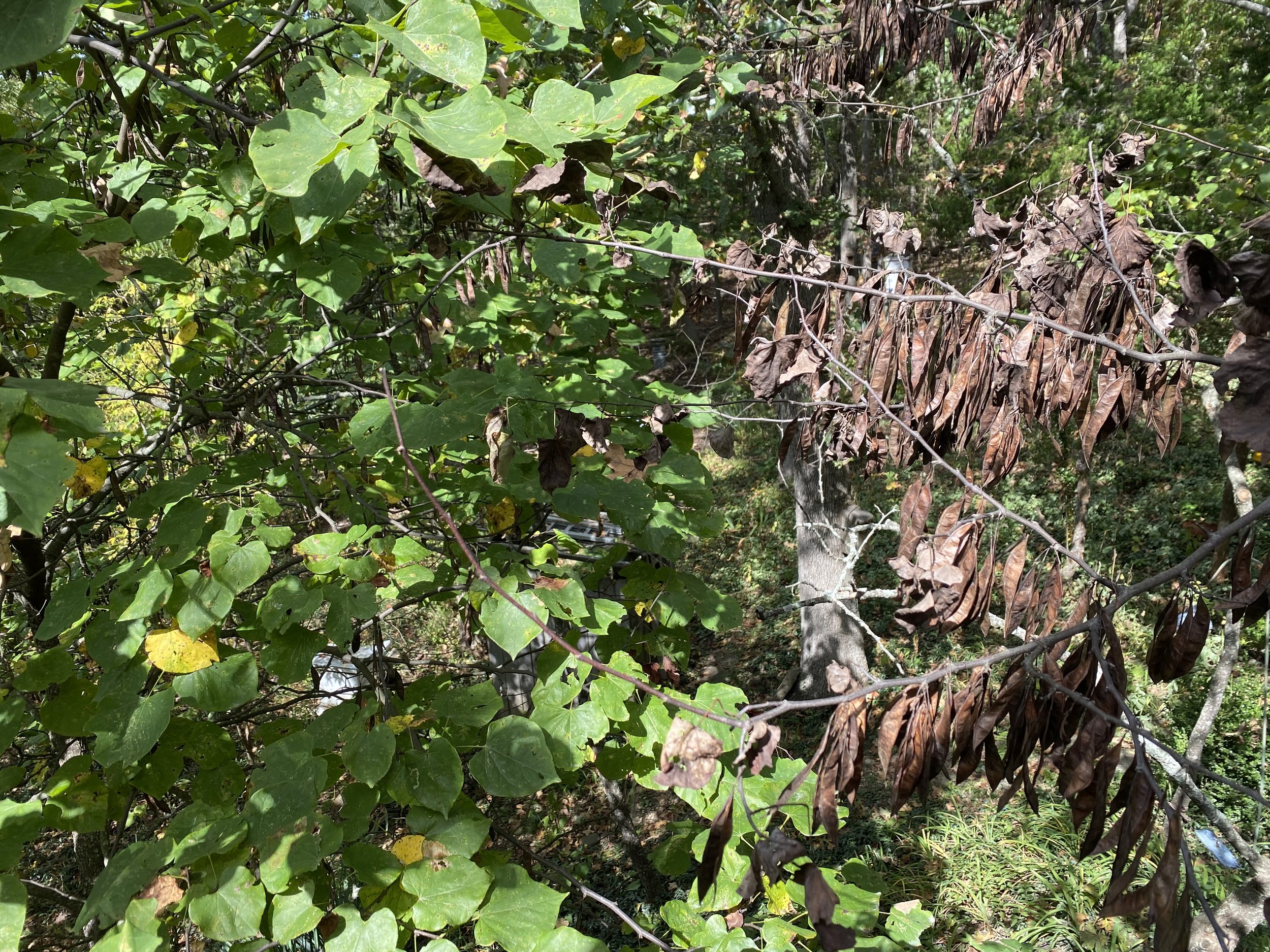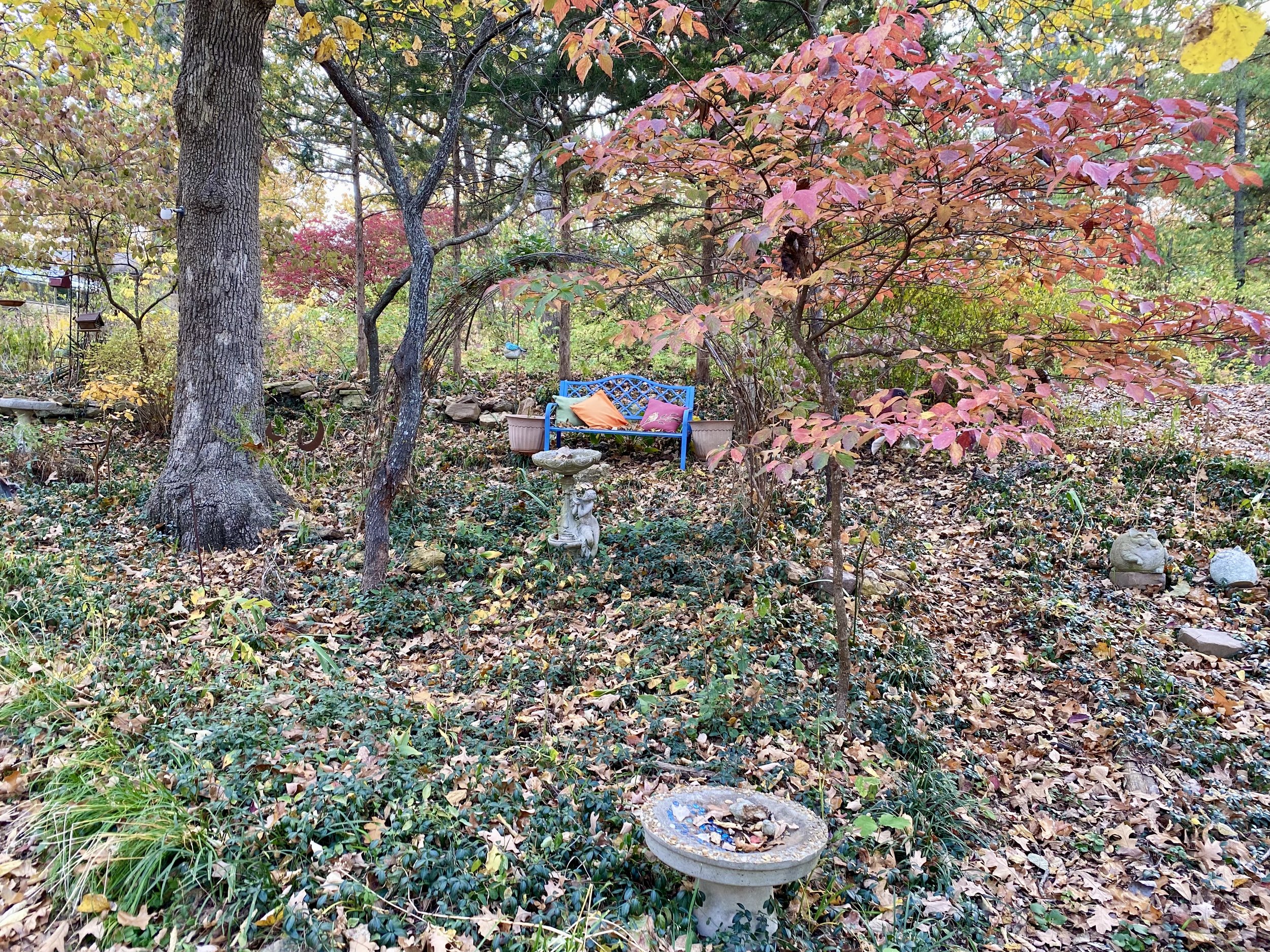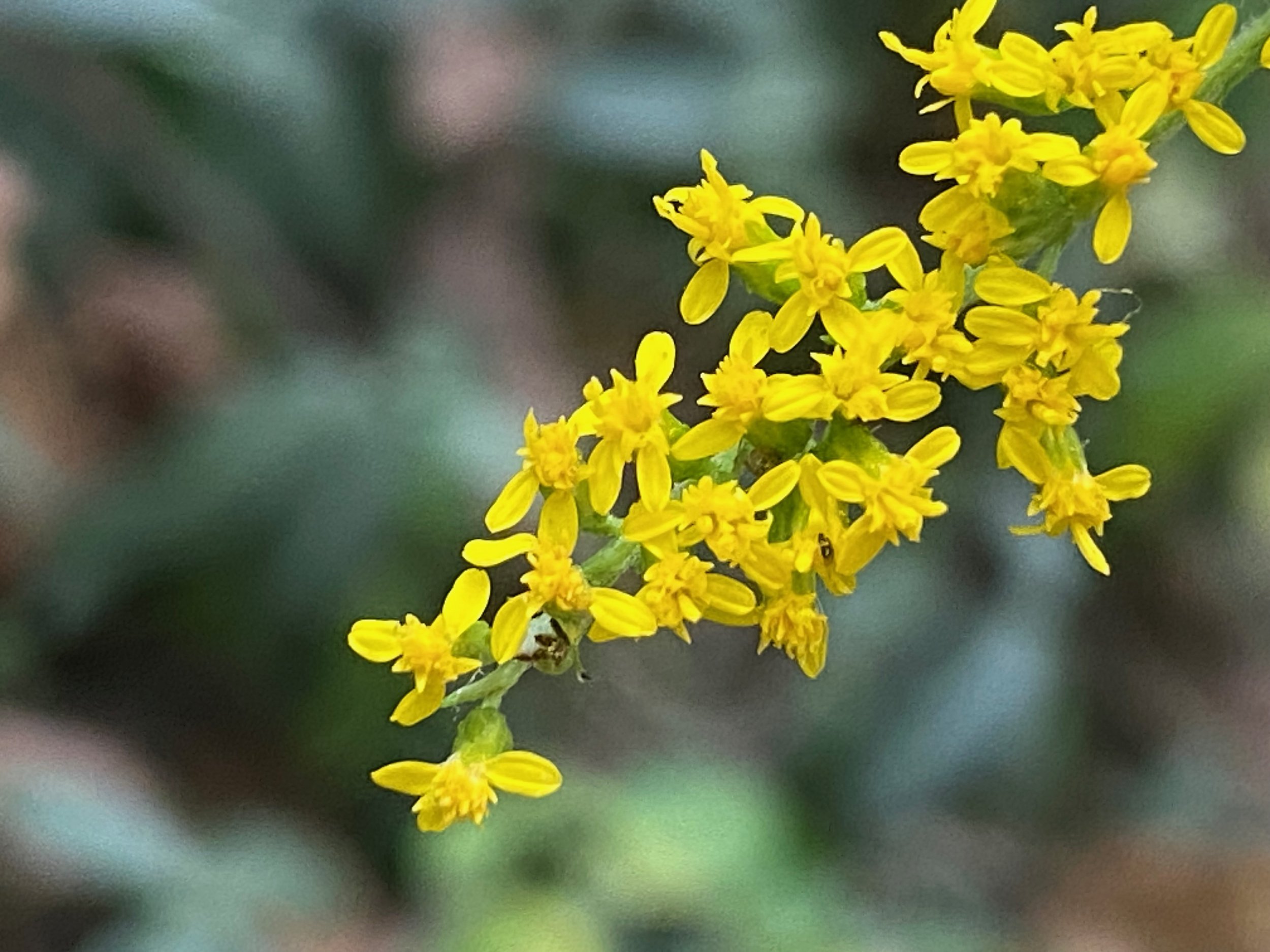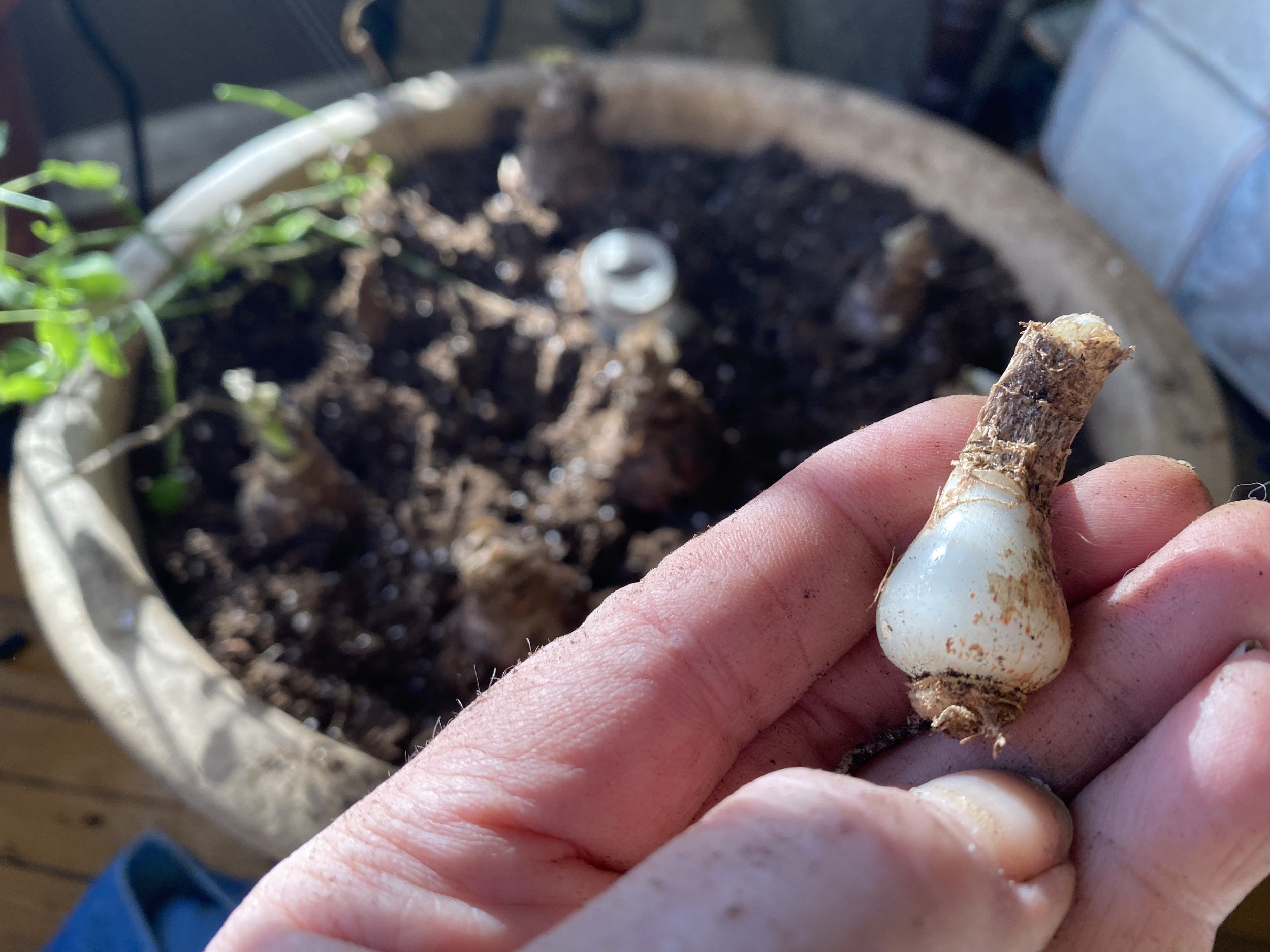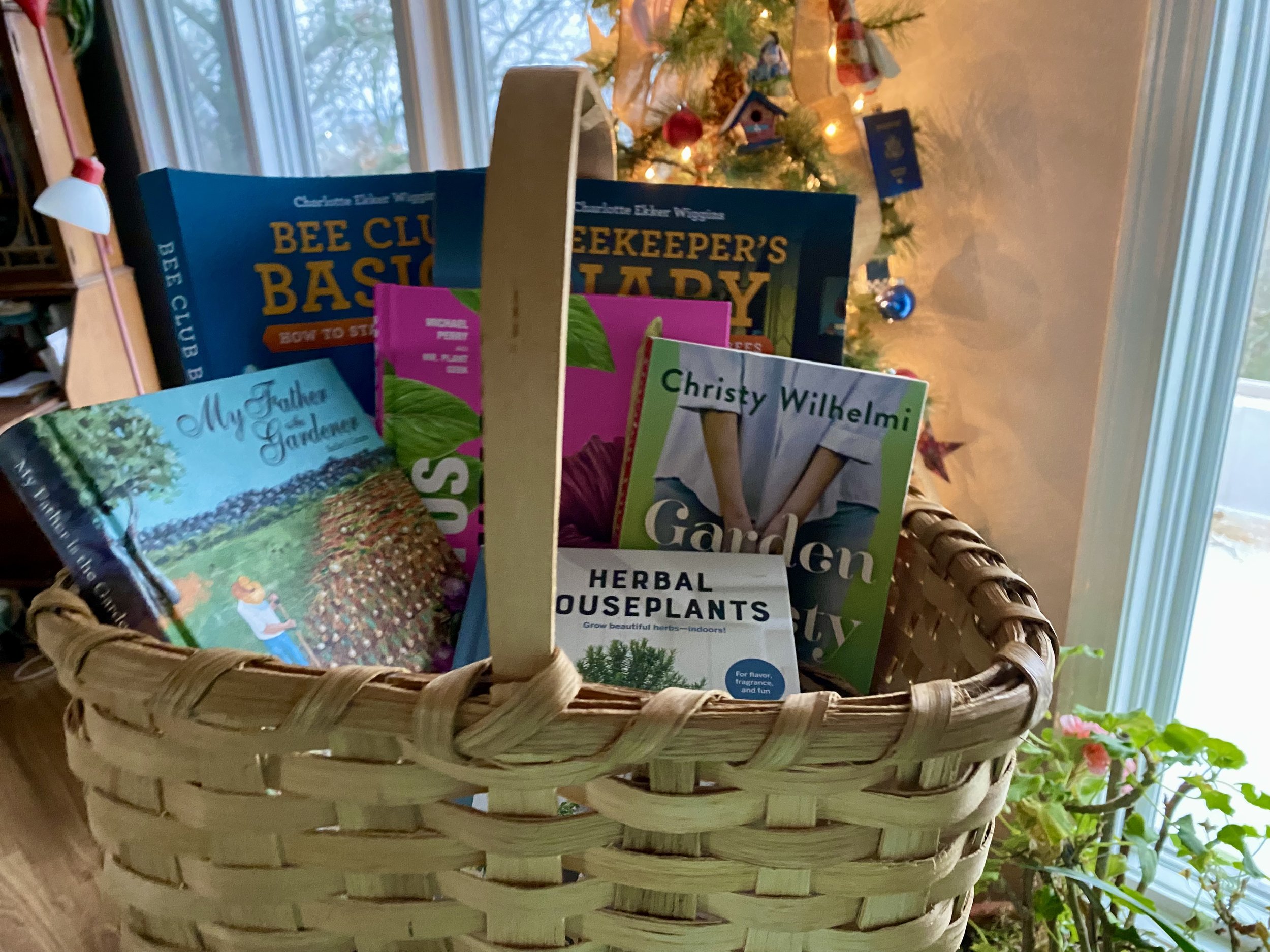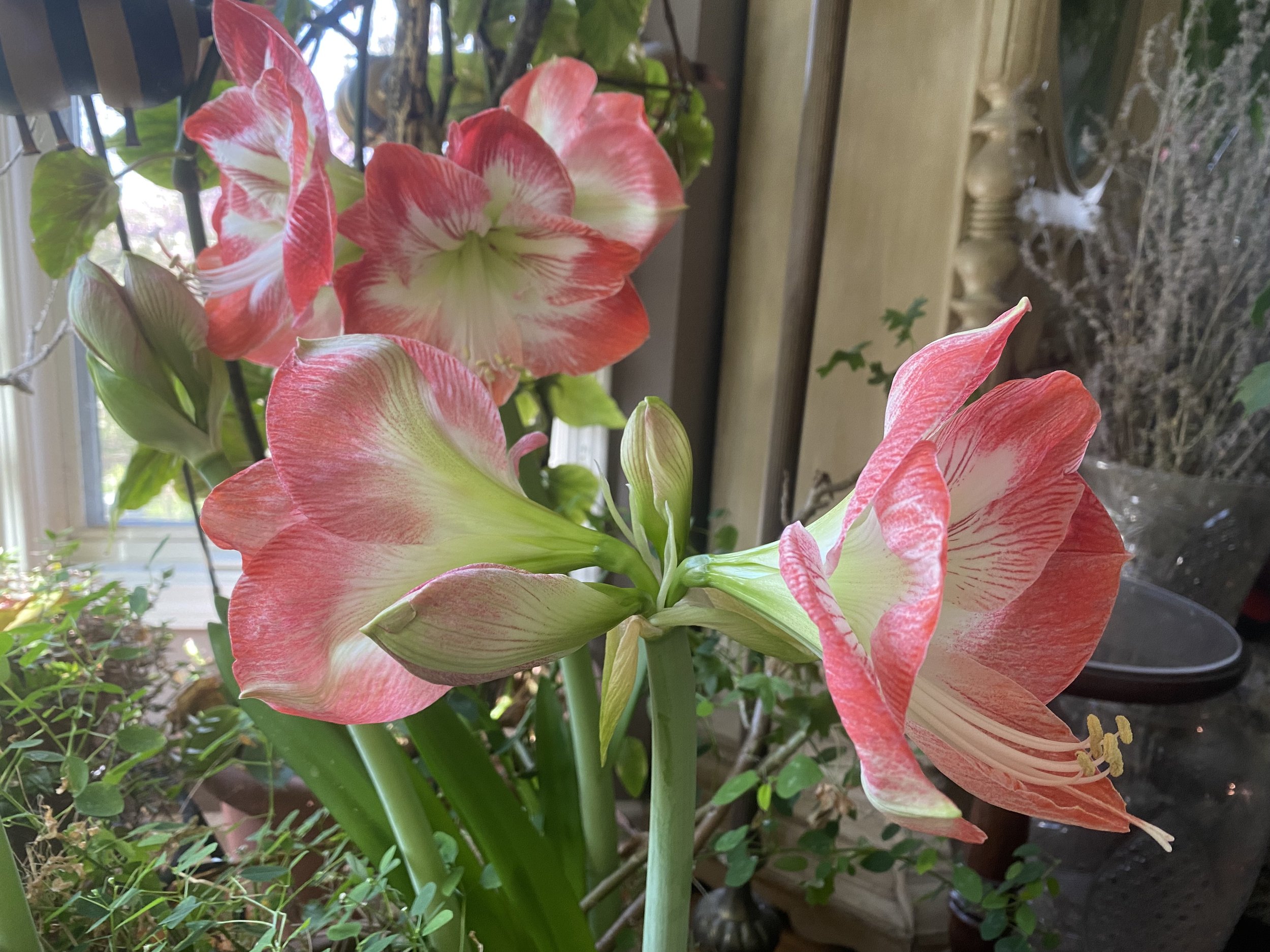Fall Bulb-Planting Tips
/One of my favorite spring flowers, surprise lilies, ready for fall planting.
Fall Bulb-Planting Tips
One of my neighbors waited until January to plant some daffodils and then wondered why they didn't bloom in April.
Some spring bulbs, like tulips and some daffodils, need at least 12 weeks of below freezing temperatures to set their bulbs for blooming so don't wait too long to get bulbs in the ground. This is as much a reminder for me than anyone!
- So to repeat, if you want to ensure spring bulbs bloom, get them in the ground before the end of November.
- No need to buy special bulb-planting tools. Use a small pick ax, good trowel and study pair of gardening gloves.
- Loosen the soil around the edges of the hole so their roots have an easier time of growing.
- Add bone meal, compost or even a handful of sand from your neighborhood sidewalk. These soil amendments will feed the bulbs and help with root development.
- Water after planting. The faster you can get the bulbs reaching out to the soil, the faster the bulbs will get a good start.
- Make sure you know how deep the bulbs need to be planted. If you plant them too shallow, the flowers will fall over. If you plant too deep, flower stems will be too short. Most packages have a guide on the back or ask the person who shared the bulbs with you.
- Plant bulbs behind plants that will grow later in the season and cover bulb greenery as bulbs collect energy before they die down. And don't mow them down before their leaves turn yellow!
- Plant bulbs in a spot where you can enjoy them.
Ok now excuse me, I have some bulbs I need to get in the ground.
Charlotte
